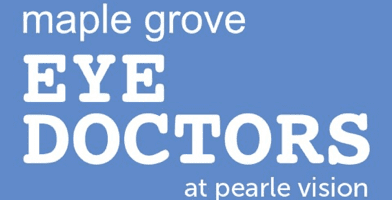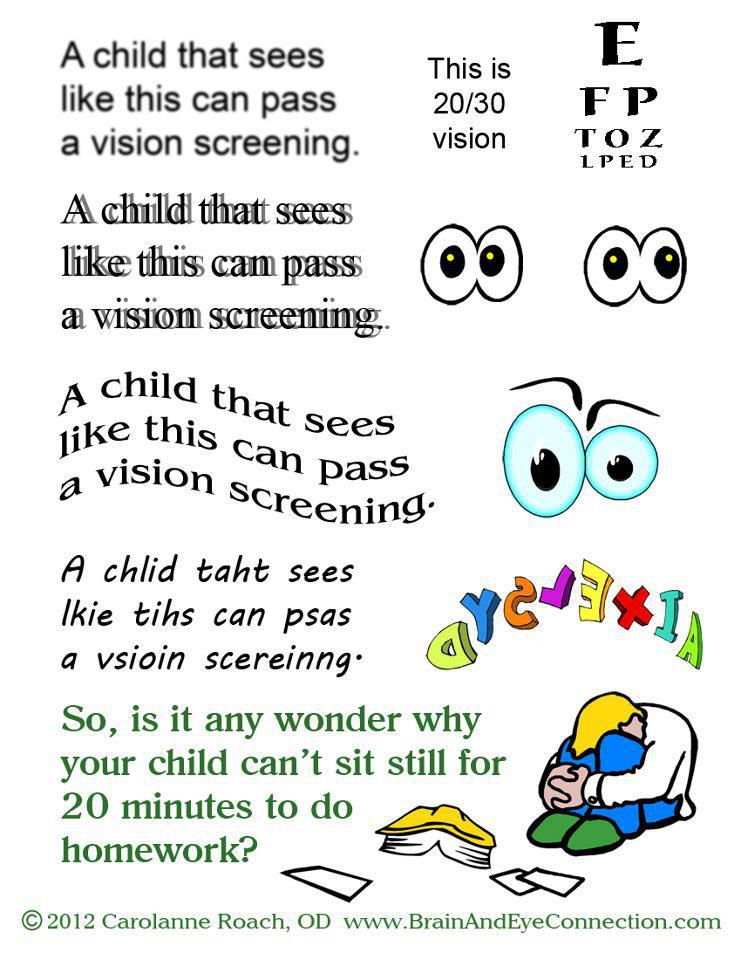Chicago—Prevent Blindness America (PBA) has declared
in an effort to educate parents on the importance of healthy vision for their children. The association also offers signs and behaviors parents can look for to see whether their children may have vision problems.
According to PBA, having a child’s vision tested by an eye-care professional can lead to greater success in the classroom because much of a child’s learning occurs visually. Some students in whom learning disabilities have been diagnosed may actually have vision problems instead.
Although an eye exam is the ideal way for parents to know whether their children have vision problems, PBA also offers some signs and behaviors parents can watch for that may indicate a child is struggling with his or her vision.
What do your child’s eyes look like?
• Eyes don’t line up, one eye appears crossed or looks outward;
• Eyelids are red-rimmed, crusted, or swollen; or
• Eyes are watery or red (inflamed).
How does your child act?
• Rubs eyes frequently;
• Closes or covers one eye;
• Tilts head or thrusts head forward;
• Has trouble reading or doing other close-up work, or holds objects close to eyes to see;
• Blinks more than usual or seems cranky when doing close-up work; or
• Squints eyes or frowns.
What does your child say?
• “My eyes are itchy,” “My eyes are burning,” “My eyes feel scratchy,” or “I can’t see very well;”
• After doing close-up work, your child says, “I feel dizzy,” “I have a headache,” or “I feel sick/nauseous;” or
• “Everything looks blurry,” or “I see double.”
Eye-care professionals can encourage their patients to visit www.preventblindness.org/eye-problems-adults-children







